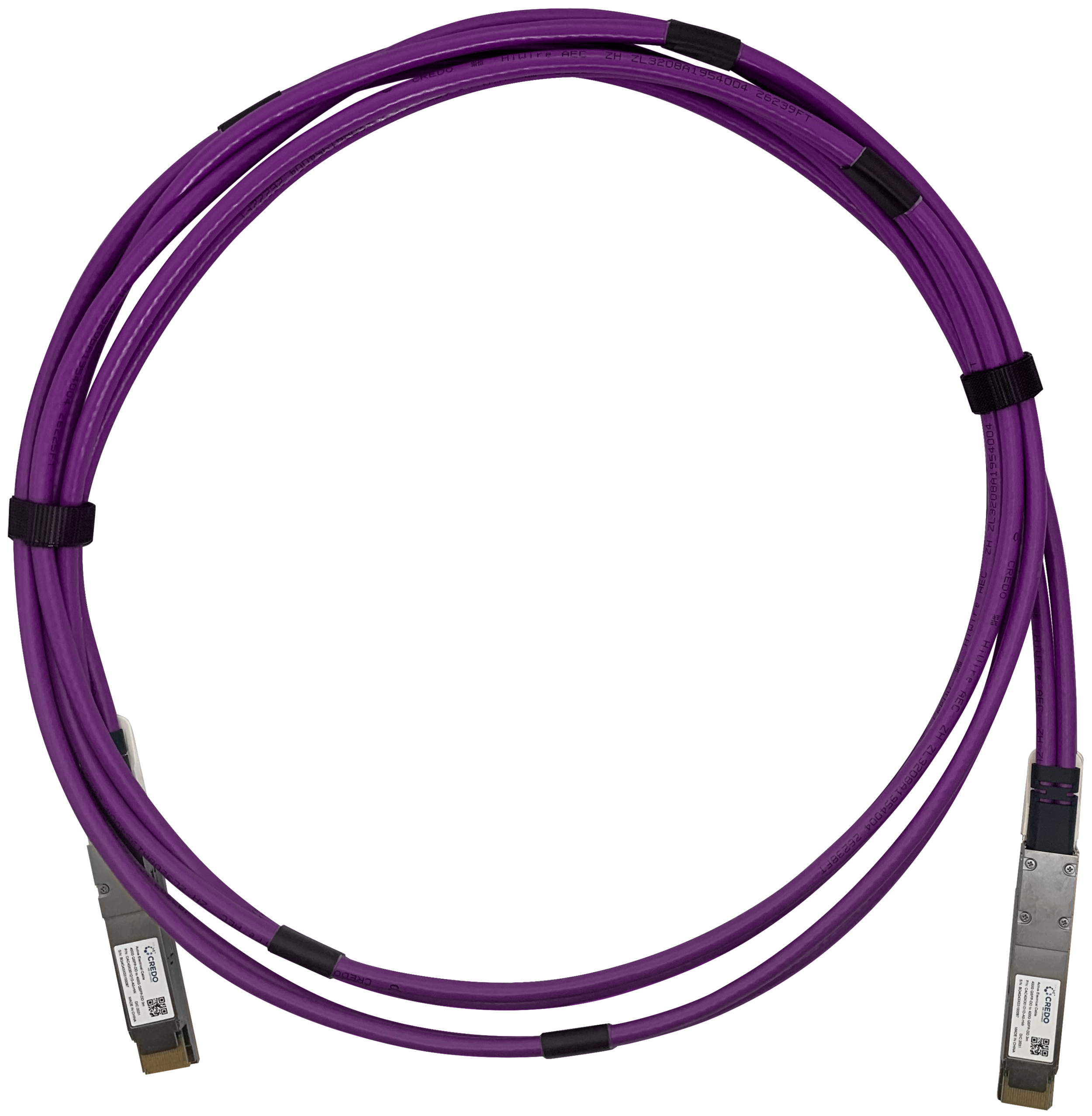
the middle of November, Credo joined the Open Compute Project (OCP) as a Community Member. This is a big deal, as OCP has become one of the largest and most influential organizations and shows for driving high-speed network connectivity in the Cloud.
The Cloud is rapidly adopting higher-speed networking to adapt to faster compute and new workloads such as ML (machine learning) and AI (artificial intelligence). The amount of server platforms which members of OCP are designing and implementing continues to grow each year. There are now robust designs ranging from X86 to ARM to handle a wide variety of workloads.
Robust server designs need high-speed connectivity and a move towards disaggregated and flexible network topologies. 12.8 Tbps and 400 Gbps began introducing some of these designs with chiplet based ASICs and high-density 100 Gbps solutions beyond a typical 1RU platform. The market will begin to see 25.6 Tbps switch platforms in 2020 that will drive yet another set of innovations at the product level to keep up with the bandwidth requirements hyperscalers need and OCP has become one of the key places where the industry gets together to make these developments and showcase new products.
As ASIC speeds increase, the connections between the server, switch and at the core is rapidly changing as well. Customers are pushing the limits of traditional DAC cables and looking towards new copper technologies, such as Active Electrical Cables (AECs), to keep costs and power down for server access. At the same time, higher speed silicon is causing the aggregation and the core portion of the network to evolve. Converging the top tiers together into racks with short reach has the potential to reduce the number of fiber ports necessary and allow this traditionally fiber-only part of the network to benefit from copper pricing.
With 800 Gbps and 112 Gbps SERDES around the corner, it will be exciting to see what the members of OCP show off at their conference in 2020 to help drive higher-speed connectivity in the data center. At the same time, some of these bleeding edge technologies will begin to form the building blocks of enterprise and service provider networks over the next few years, which we believe will be an important contributor to the switching market during the outer years of our forecast.
